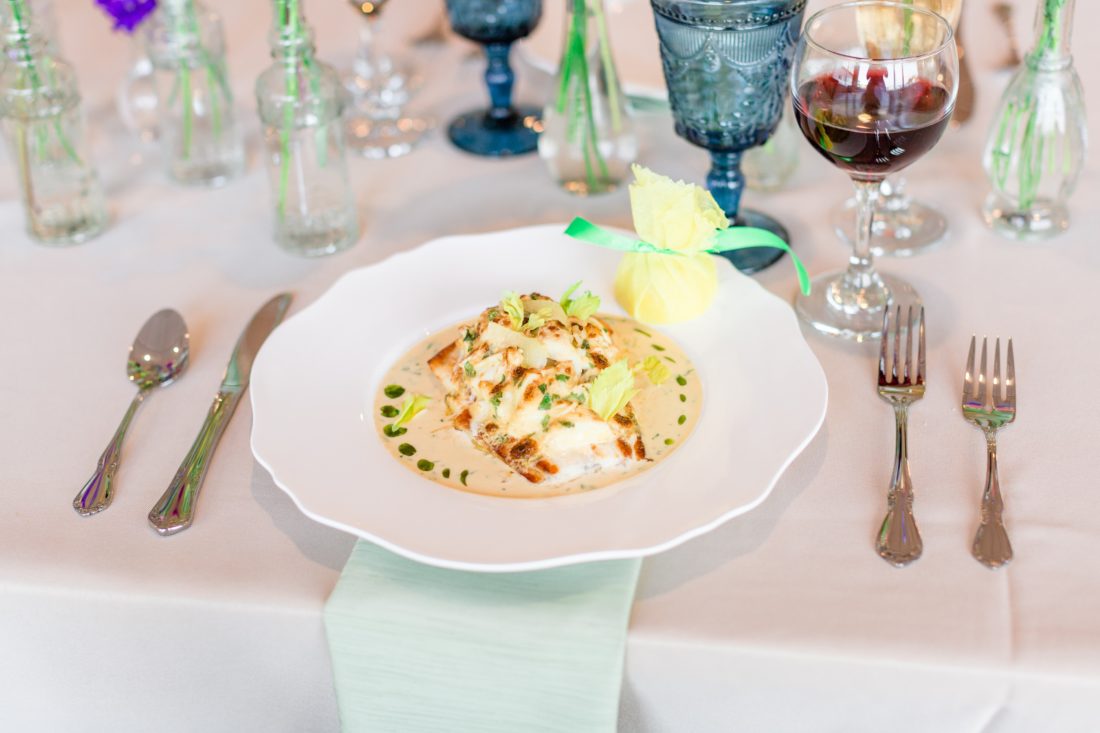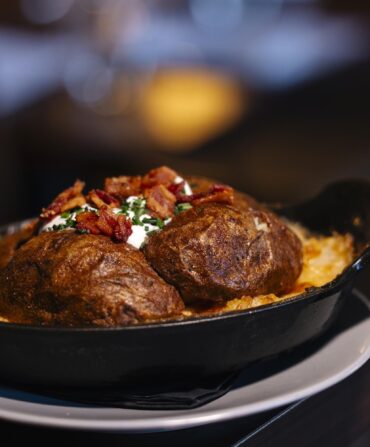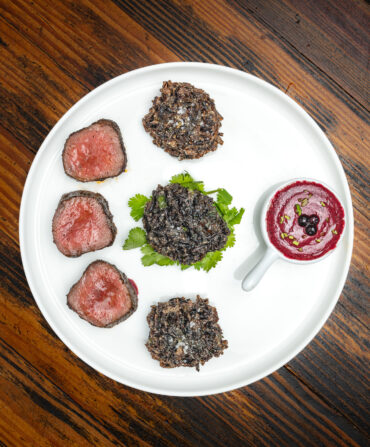Born and raised in Talbot County, on the Chesapeake Bay, Jordan Lloyd feels right at home amid the crabbing culture of Maryland’s Eastern Shore. “My stepfather was a crabber,” Lloyd says. “That was how he made his living. Watermen are the Renaissance men of the Eastern Shore. They work with the seasons—crabbing during crab season, catching perch in January, and when they can’t be out on the water, they’re carpenters building people’s homes.”
It’s natural, then, that Lloyd has celebrated the seafood of his native Chesapeake throughout his career in the kitchen. Now, as executive chef of Tickler’s Crab Shack and Restaurant, an open-air, waterside joint tucked behind the Wylder Hotel on Tilghman Island, he serves Chesapeake oyster po’boys, blue crab hushpuppies, and plain old Maryland steamed crabs.

That’s one thing Lloyd is adamant about: Marylanders do not boil crabs. “Boiling dilutes the natural juices and flavors within the shell,” he says. “Steaming firms up the flesh and gives you a delicate, sweet, delicious meat.”
For crabbers at home, Lloyd has a few must-follow steaming tips. “You have to get them in a big enough pot,” he says. “I always a use one- to three-gallon bucket per dozen.” He also likes to steam his crabs with water diluted with whatever beer he pulls out of his fridge, to add a little extra flavor. “Another trick I do is use a cake tester to see if it’s done,” he says. “I put it straight into the crab, and then touch the back of my hand [with it]. If it’s hot, it’s done. If not, it needs more time.”
For those looking to dress up the classic crab, Lloyd recommends his rockfish crab imperial. The dish—wild bass stuffed or topped with lump crab—brings together two of the area’s most beloved ingredients. “That’s why it’s a Maryland classic.”








